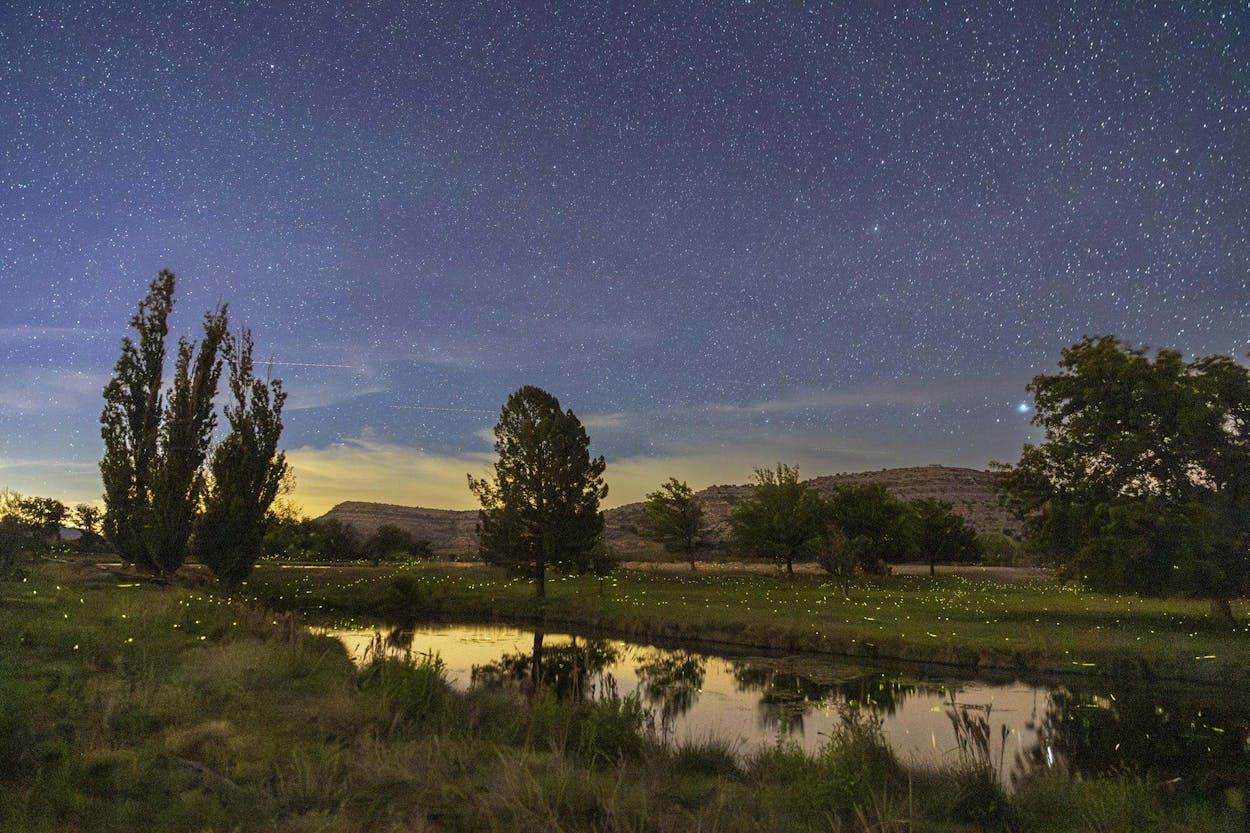If you’ve ever scrambled to the top of Enchanted Rock, that massive speed bump of pink granite that rises from the Hill Country north of Fredericksburg, you’ve explored land protected by The Nature Conservancy in Texas (TNC).
The same holds true for thousands of undeveloped acres along South Padre Island, parts of both Big Bend National Park and Big Bend Ranch State Park, and dozens of other places that ooze the spirit and beauty of the Lone Star State. In all, The Nature Conservancy, along with its partners and supporters, has helped set aside one million acres of land — including some of the most iconic scenery — in a state that’s 95 percent privately owned.

Today the non-profit organization owns and maintains 37 preserves in Texas. It’s also played a role in acquiring tracts to create or expand 34 state and national parks here. That land does more than provide a place where people can bike, swim, and camp. It protects habitat for plants and animals, bolsters the state’s climate resilience, and improves water quality.
“The wonderful thing about Texas Is that we have an extremely diverse landscape, from the Gulf Coast to the mountains to the High Plains and deep East Texas woods,” says Jeff Francell, director of land protection for The Nature Conservancy in Texas. “The Nature Conservancy has helped protect land in all of those landscapes, much of which is open to the public to experience.”
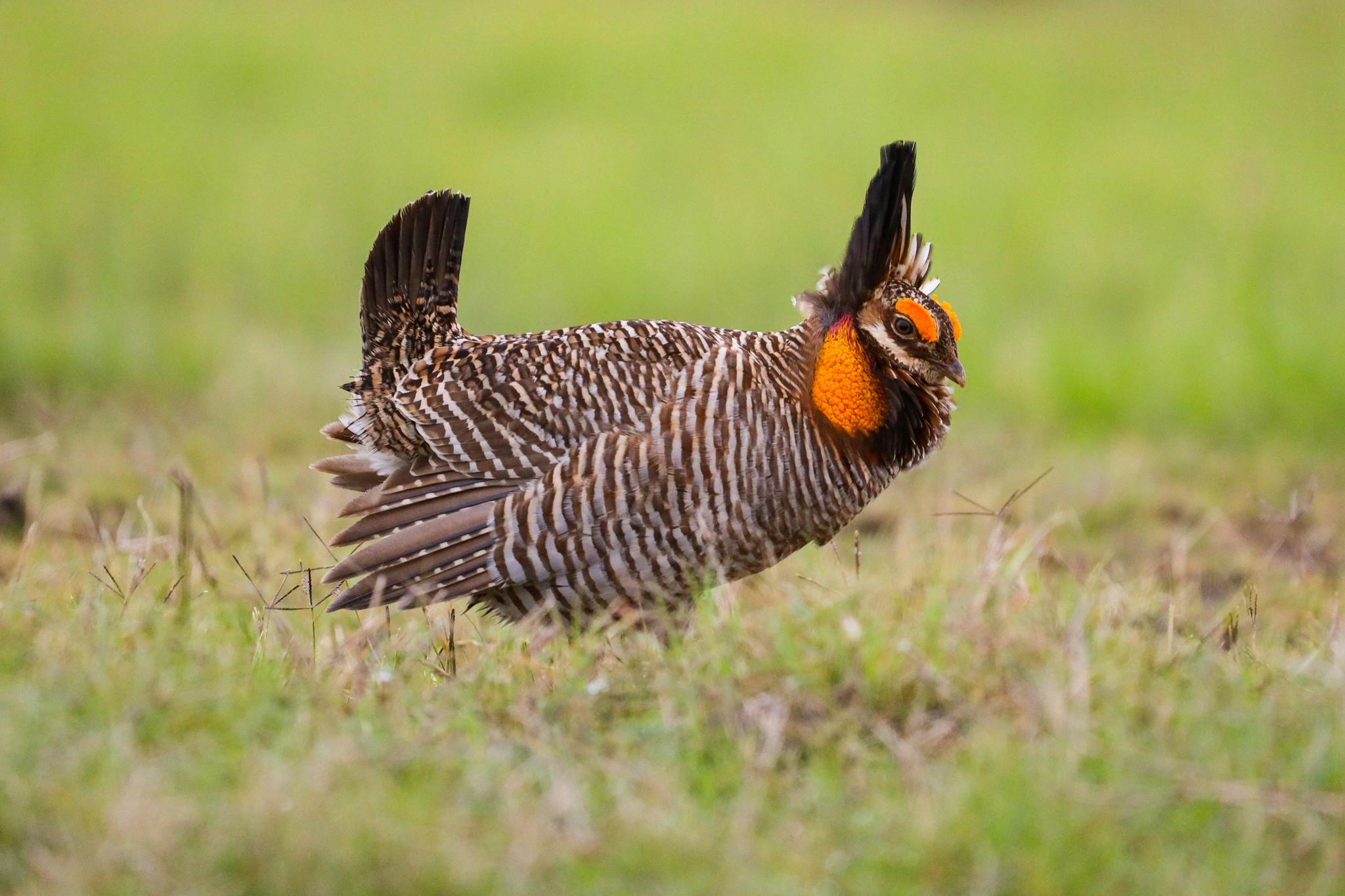
It began in 1965, when the Texas chapter of The Nature Conservancy acquired 2,627 acres near Eagle Lake, west of Houston, that eventually became part of the Attwater Prairie Chicken National Wildlife Refuge. That move, to protect the habitat of an endangered species known for its foot-stomping mating dance, marked the chapter’s first land protection project.
The story didn’t end there. In 1978, Lady Bird Johnson famously alerted The Nature Conservancy in Texas of the impending sale of a ranch near Fredericksburg. Concerned the state couldn’t act quickly enough to buy it, she suggested that The Nature Conservancy step in. It did, then transferred the property to Texas State Parks. Today Enchanted Rock State Natural Area is one of the most popular parks in the state park system.

Since then, the non-profit organization has socked away remnants of the Blackland Prairie in North Texas, part of what was once a vast forest of longleaf pine in East Texas, and critical habitat for the golden-cheeked warbler along Barton Creek in Central Texas. It has acquired land to expand Lost Maples State Natural Area, Bastrop State Park, Reimers Ranch Park, and Laguna Atascosa National Wildlife Refuge.

The largest contribution? A 57,720-acre chunk of rugged terrain in the Rosillo Mountains in far West Texas. “It’s a remote area, but it’s connected, it’s wild, and it’s an important part of Big Bend National Park,” Francell says.
The Conservancy has set aside land all over the Texas Hill Country, from the 4,000-acre Barton Creek Habitat Preserve to conservation easements in the Edwards Aquifer recharge zone that protect drinking water for thousands of people. Easements at places like Shield Ranch, with its six-mile stretch of Barton Creek frontage, mean the ranch remains privately owned but can never be developed.

“Everybody in Austin benefits from that, whether they know it or not,” Francell says.
The Nature Conservancy has had a hand in acquiring land for almost all the state parks that will open in Texas in coming years, from Palo Pinto Mountains, which will swing open its gates near Strawn in 2024, to Powderhorn Ranch, a future state park near Matagorda Bay. That trend will continue, too, with the recent passage of Proposition 14, which sets aside a billion dollars to create and improve Texas state parks. The Nature Conservancy will work closely with the Texas Parks and Wildlife Department to pinpoint land for those facilities.
“Not just any piece of property can become a state park,” Francell says. “It has to be something special. It has to have a river or topography or wildlife or a beach – something to bring people to it. We’ve been working in those landscapes. We’ve got experience and ideas about how to help pick land and lend expertise with the actual acquisition.”

Among all that, he says, the Conservancy’s work to protect both the Davis Mountains in West Texas and Dolan Falls on the pristine, turquoise-colored Devils River, stand out.
“Those places are the two of the most iconic landscapes in the state,” Francell says. “[People say] ‘Oh my gosh, I’m so glad The Nature Conservancy protected these places.’”
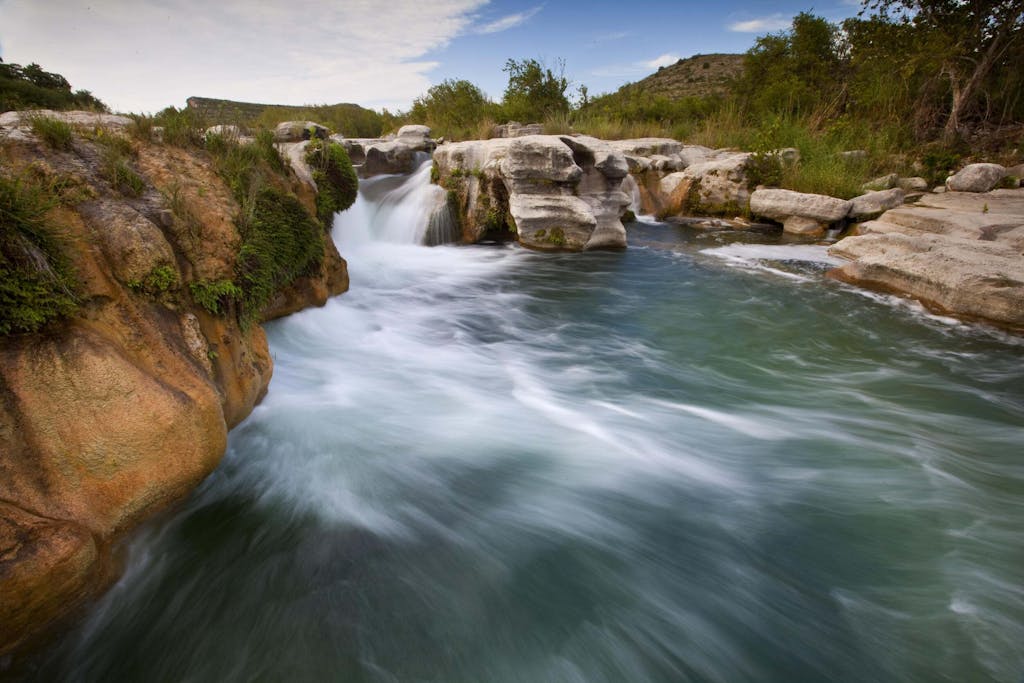
Kaylee French, the West Texas education and outreach manager for The Nature Conservancy, manages six preserves in the prickly far west region. She says the Davis Mountains Preserve, an isolated “sky island” that rises above the surrounding arid desert, provides critical habitat for species found nowhere else in Texas.

The land supports clusters of aspens, along with populations of Montezuma quail, black bears, and an endemic species of firefly adapted to the cooler, wetter environment.
“There are animals and plants here that you wouldn’t expect to see anywhere in Texas,” French says. A point along Crest Trail ranks as French’s favorite spot on the 33,075-acre preserve. “On a clear day you can see all the way to the Chisos Mountains and all the way to the Guadalupe Mountains,” she says. “That is pretty impactful, and you can see why these spaces are worth protecting.”
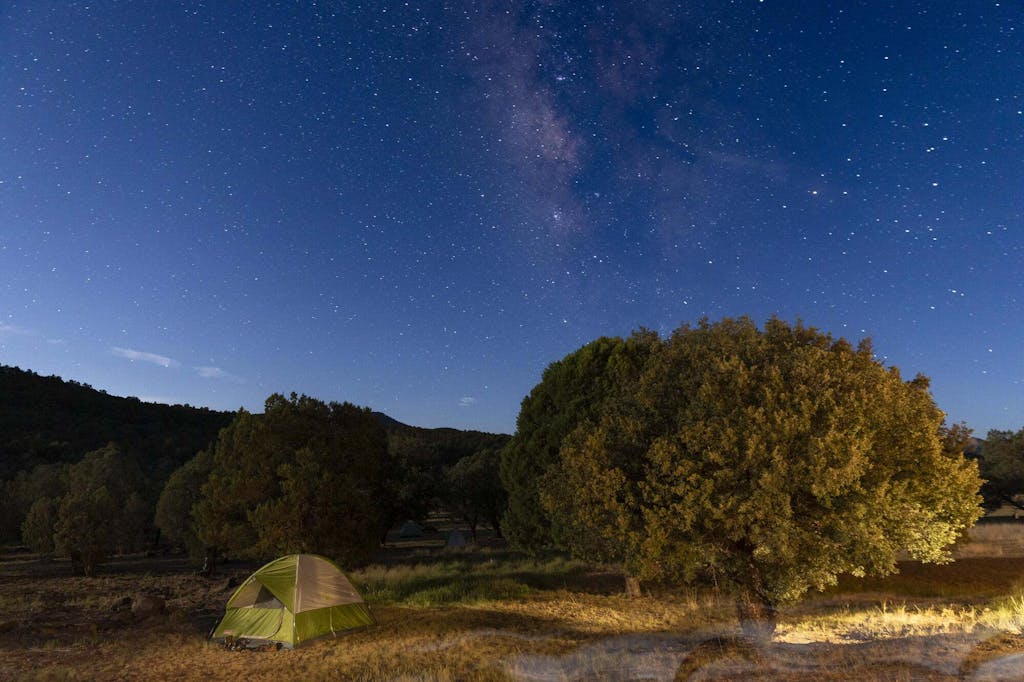
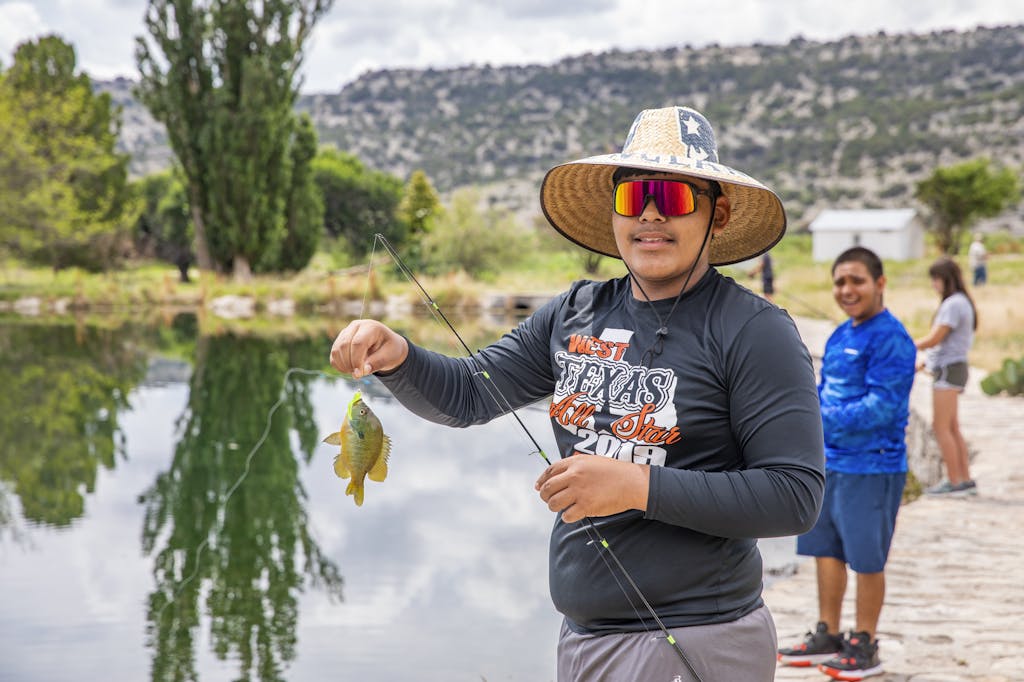
Conservation work is of paramount importance at the Conservancy’s preserves, but public access is periodically allowed, too. French says plans call for four open weekends at the Davis Mountains Preserve, when the public can camp, hike, bike, and ride horses. Monthly guided tours are also planned. (The preserve’s 2.5-mile Madera Canyon Trail, accessible via the nearby Lawrence Wood picnic area pullout, is open year-round to the public.)
“We want people to come out to the properties so they can see the work we do,” says French. “See these incredible spaces we’re protecting and learn about us.”
Open weekends are also scheduled for other Nature Conservancy preserves. Check The Nature Conservancy in Texas’ website for details.

